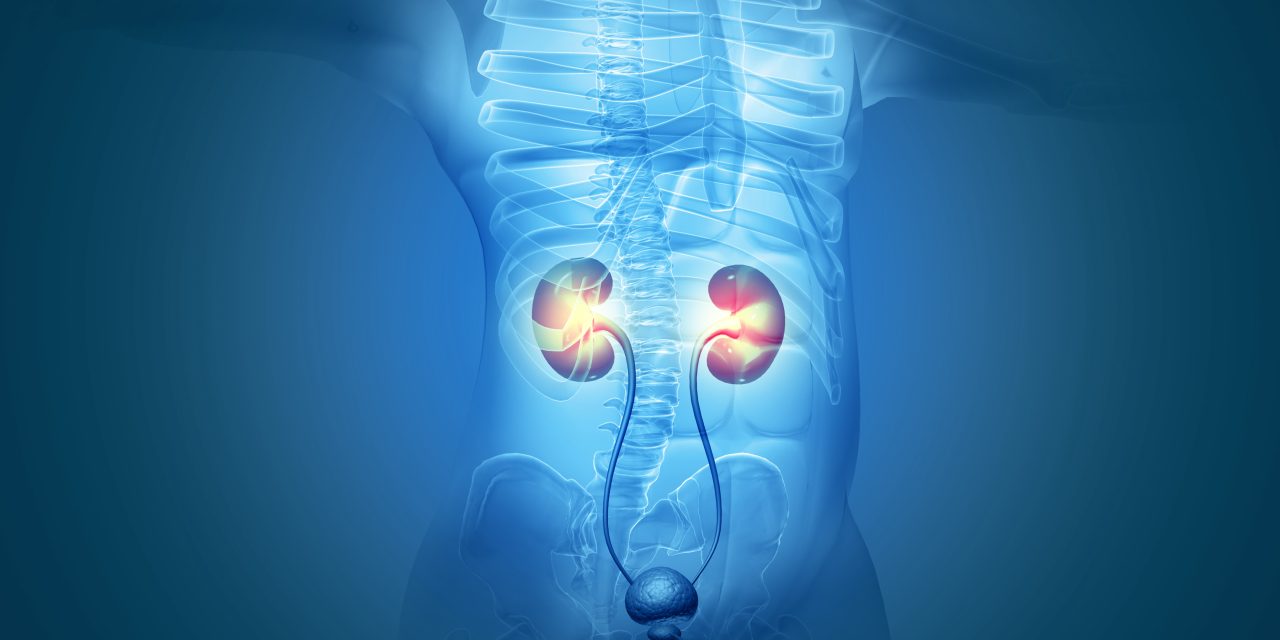Peyronie’s disease (PD) has negative impacts on the psychosocial status of men including depression warranting clinical evaluation in up to 50% of men.
To examine predictors of depression in patients with early PD seeking evaluation.
All PD patients at a high-volume PD practice underwent screening and curvature assessment after intracavernosal injection. Complex deformity was defined as any degree of multiplanar curvature, curvature >60 degrees, or presence of hourglass deformity. Men completed the PD questionnaire (PDQ), a validated depression questionnaire (CES-D) as well as the Self-Esteem and Relationship (SEAR) questionnaire. Scores of ≥16 on CES-D were considered indicative of moderate/severe depression. Predictors of the presence of depression were defined using univariable and multivariable logistic regression.
Demographic, bother and curve related predictors of depression in men with PD.
408 men completed all questionnaires. Mean age was similar between depressed and nondepressed groups (57 ± 10 years overall, P = .60 between groups). Proportions of erectile dysfunction were similar between groups (P = .96). Mean PD duration was similar between groups (19 ± 35 months overall, P = .46 between groups). Mean degree of curvature was 38 ± 2 degrees in the depressed vs 33 ± 1 degrees in the nondepressed groups (P = .03). A complex deformity was seen in 64.5% in the depressed vs 61.5% in the nondepressed (P = .56). A total of 110 (27%) patients had CESD scores ≥16. 74% depressed men were in relationships compared to 84% nondepressed men (P < .01). Other characteristics including bother, pain, duration of disease, curve complexity and instability were similar between the two groups. On univariable analysis, factors protective against depression included being partnered (OR 0.42, 95%CI 0.24-0.75, P < .01) and higher total SEAR scores (OR 0.95, 95%CI 0.94-0.97, P < .01). Elevated PDQ domain scores were associated with depression (Psychologic Symptoms 1.05, 95%CI 1.02-1.10, P < .01; Pain 1.08, 95%CI 1.03-1.12, P < .01; Bother 1.11, 95% CI 1.05-1.68, P < .01) as well as baseline history of depression (OR 2.93, 95%CI 1.67-5.14, P < .001). On multivariable analysis, only total SEAR score remained protective against depression (OR 0.96, 95%CI 0.94-0.97, P < .001).
Providers must recognize that men with PD seeking evaluation have meaningful rates of depression for which early recognition is necessary.
Retrospective review of a large prospectively collected dataset from a single center of men with PD utilizing a validated screening tool for depression.
While no significant demographic, bother or curve related factors predicted depression in early PD men seeking evaluation, it remains a significant problem warranting further prospective evaluation. P. Nahid, N. Bruno, S. Carolyn, et al. Predictors of Depression in Men With Peyronie’s Disease Seeking Evaluation. J Sex Med 2021;XX:XXX-XXX.
Predictors of Depression in Men With Peyronie’s Disease Seeking Evaluation.


